The Great Lakes
The Great Lakes, as if you didn’t know, are the five huge lakes that straddle the US-Canada border and support one of the most significant economic regions of each country. As a young lad in California they meant very little to me but I remember using the mnemonic HOMES to memorise all five – Huron, Ontario, Michigan, Erie and Superior. And for decades my interest in them ended there. But here we were, keen to spend a couple weeks exploring the Great Lakes area and what better place to get our first introduction to the lakes than one of the most famous tourist sites in North America – Niagara Falls.
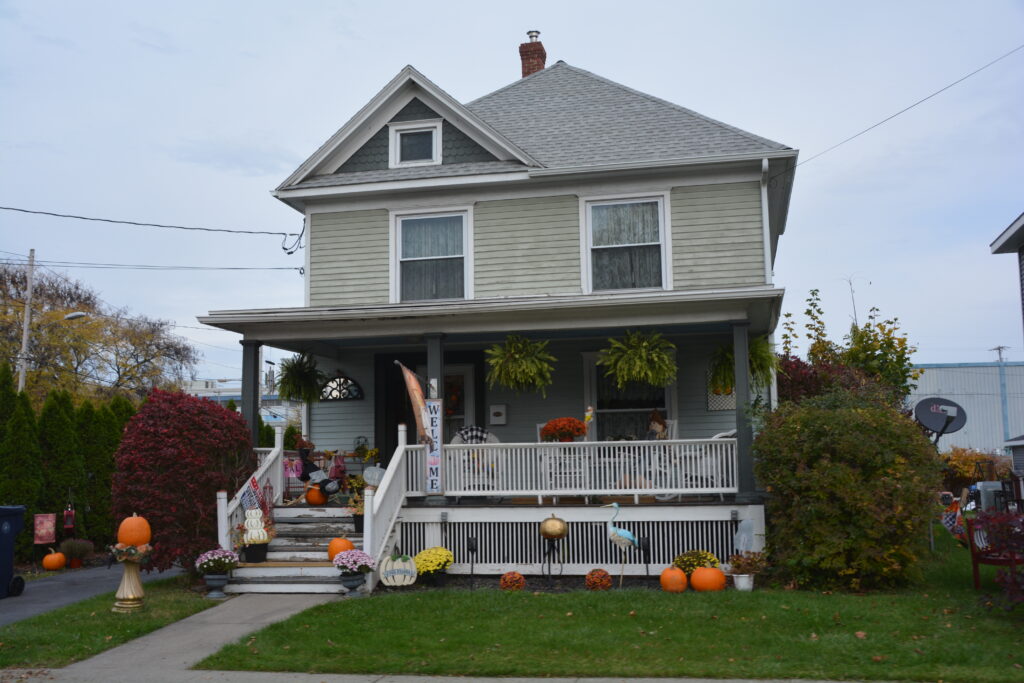
The huge Niagara River drains Lake Erie into Lake Ontario but along it’s path it faces a 54 metre (175 foot) singular drop through a narrow canyon it has carved out over the millennia. The river separates Canada from the US and each country’s respective cities, both named Niagara Falls. It has three components, the American Falls, Bridal Veil Falls and Horseshoe Falls. Together they make up an extraordinary force of nature, the thunderous noise, the raining mist in the air and of course the crash landing at the bottom. Big waterfalls are top drawer.
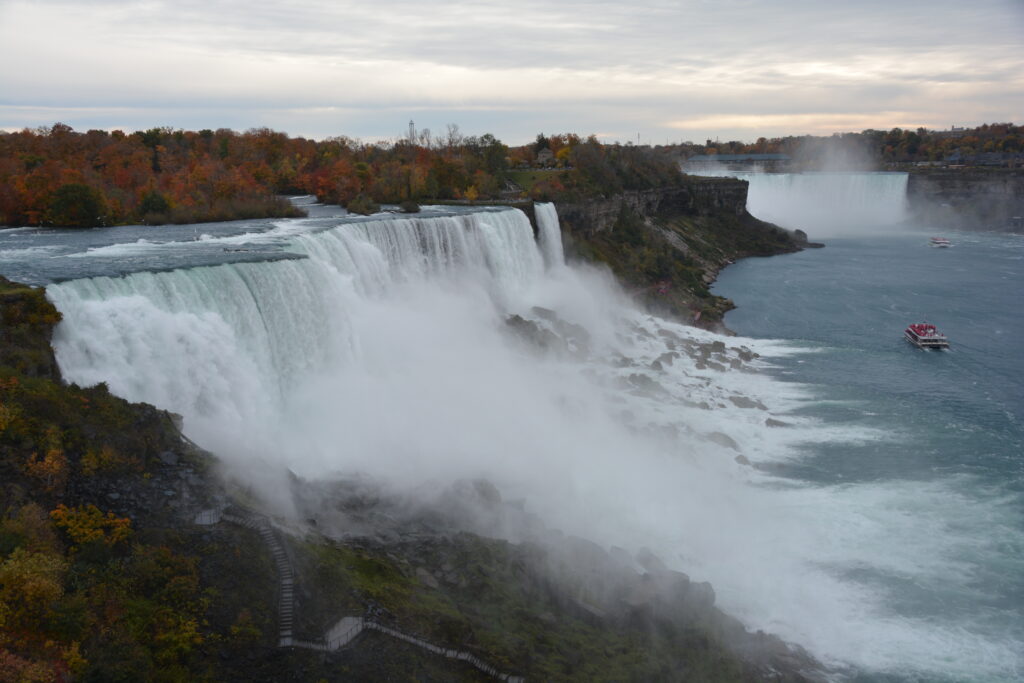
Julie and I explored on foot all three waterfalls and each lookout point, including spectacular views from the Observation Tower that is built up over the edge of the cliff. Far below we could see the Maid of the Mist boats with visitors dressed in colourful rain ponchos being driven up close to the base of the crashing waterfalls, getting absolutely drenched in the process. Niagara Falls definitely delivered on it’s promise.
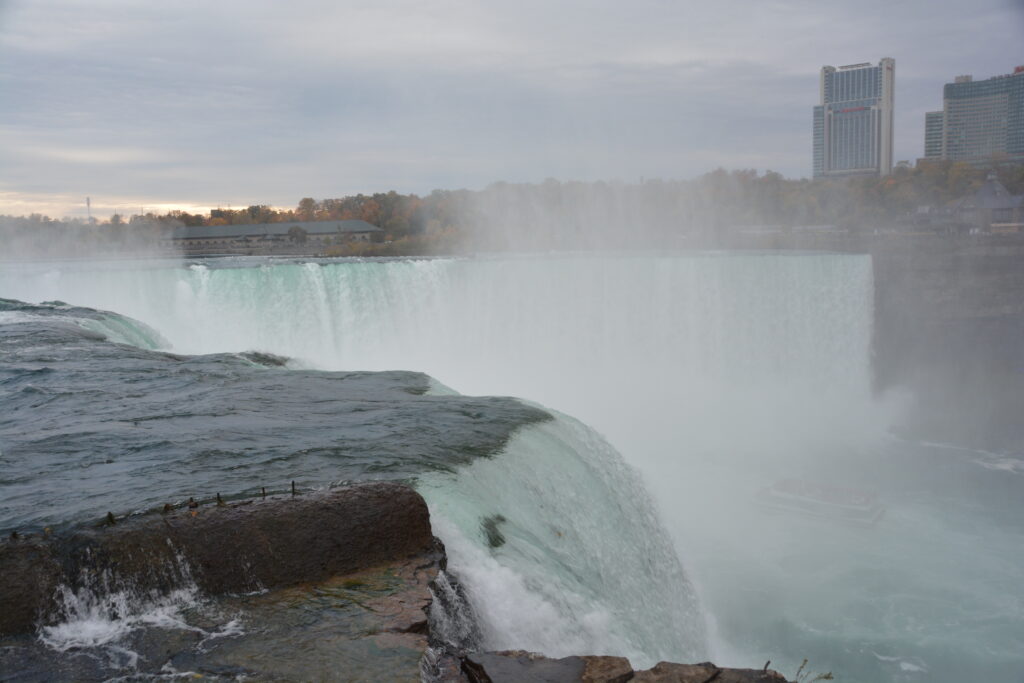
If you’ll allow me to put on my waterfall snob hat for a moment, Julie and I have now been to the three most famous – if not exactly the largest – waterfalls in the world – Niagara Falls in Canada/USA, Iguazu Falls in Argentina/Brazil and Victoria Falls in Zambia/Zimbabwe. They are all absolutely awesome acts of nature, just amazing, but if we had to rate them in terms of overall awesomeness we would put them in this order – Iguazu, Victoria, Niagara. That’s about as official as it gets.
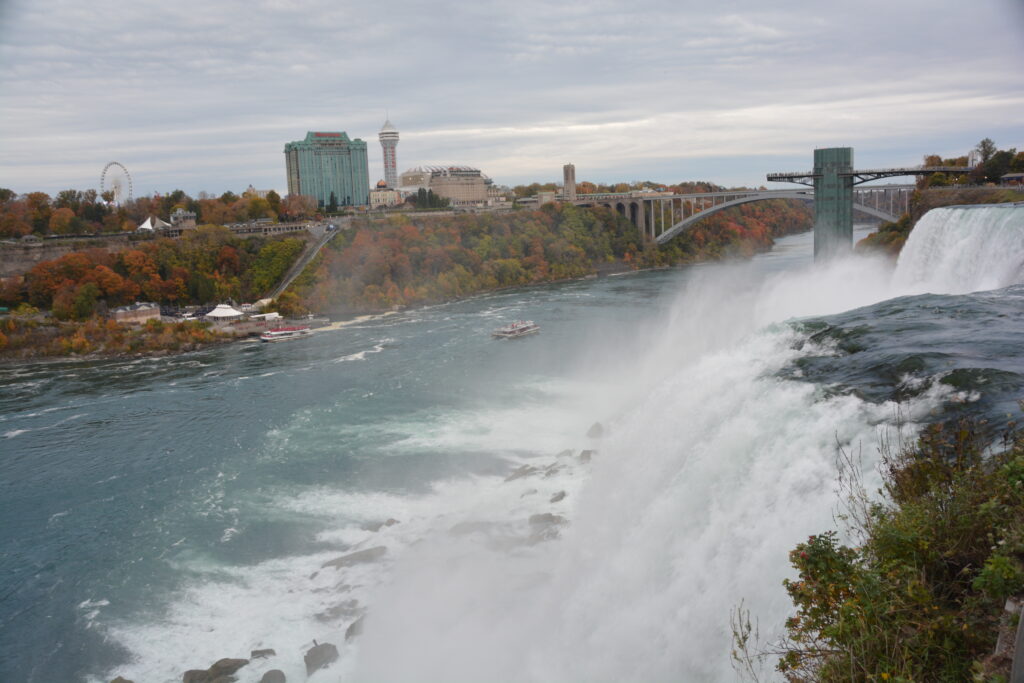
After camping the rainy night in a large carpark behind a local Best Western Hotel, as you do, and fretting a bit about how our house battery doesn’t seem to be holding a charge, the next morning we headed south along the coast of Lake Erie, following a rural road through another string of quaint little working-class towns, before passing into Pennsylvania again. At this point Pennsylvania owns a tiny section of Great Lakes lakefront and the large port town of Erie but we used the outskirts of the town to have lunch on the lake and get a filter and oil change for Tramp.
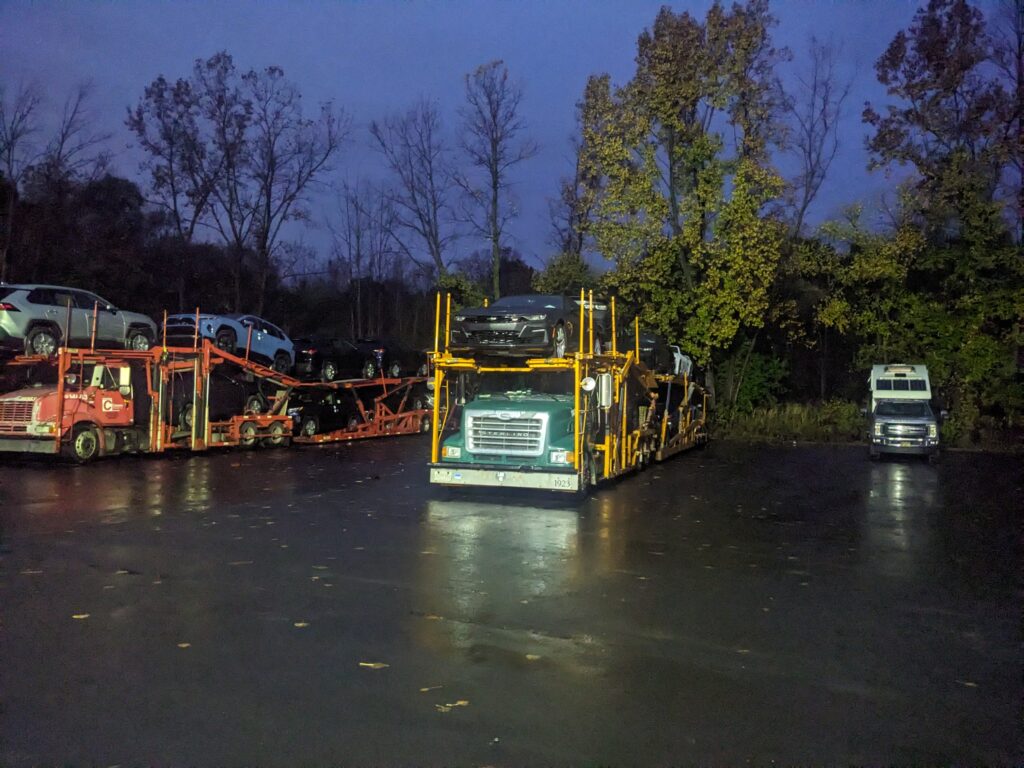
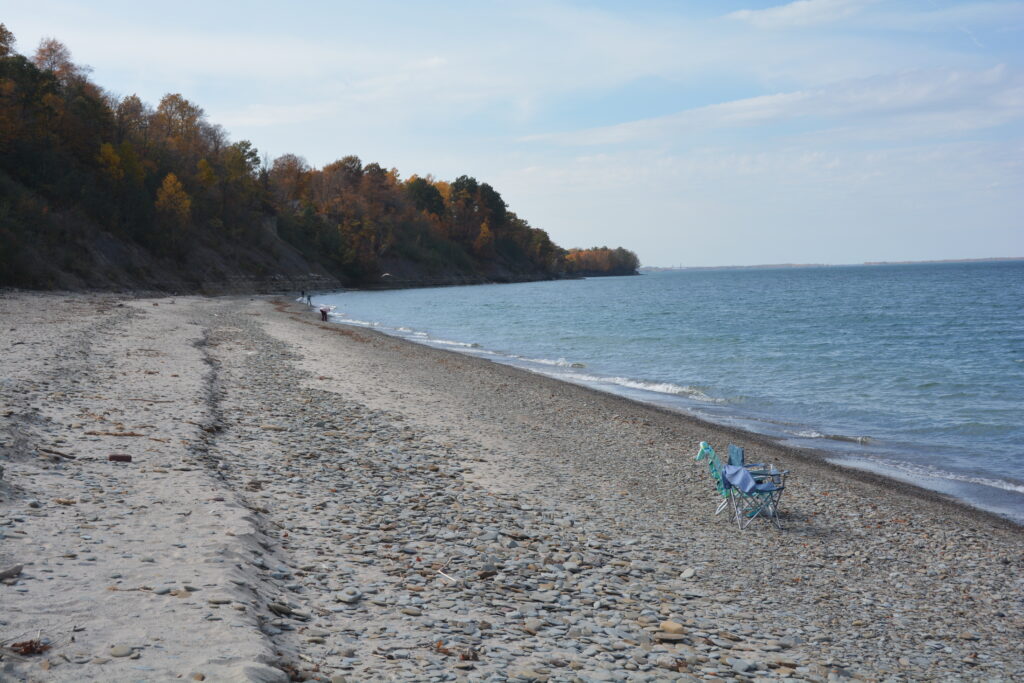
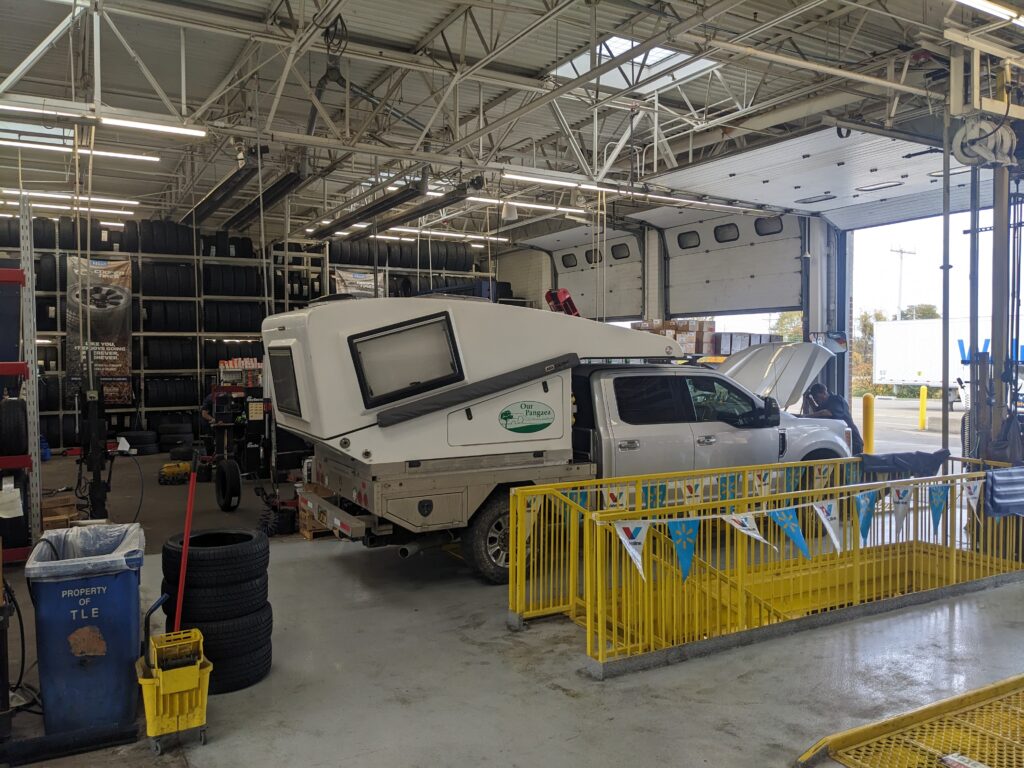
We then followed the coast further, crossed into the new state of Ohio, nicknamed the Buckeye State, and set our compass for the state’s only national park, Cuyahoga Valley National Park, situated in a beautiful valley between the major towns of Cleveland and Akron.
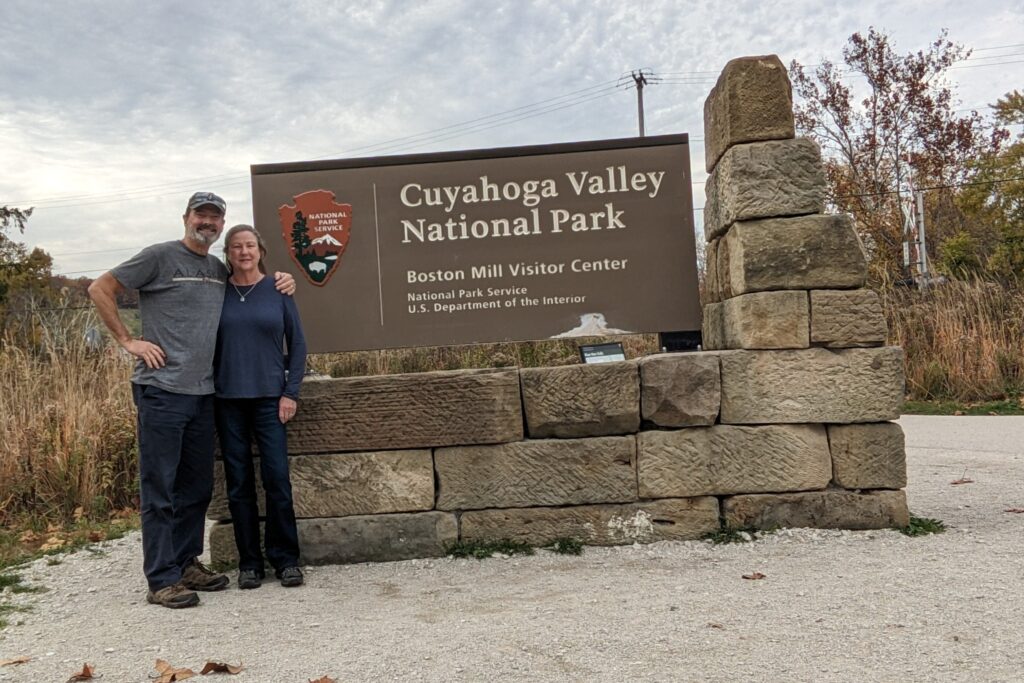
Cuyahoga Valley National Park is unique in the American national parks system in that it interwoven with a number of small communities, some farmland and a coupe of major interstate motorways rather than being a delineated area of enclosed sacred ground. Never mind, after a quick visit to the tourist information centre, a couple of maps and some quick planning we headed out first to the tallest waterfall in Ohio, Brandywine Falls, and to serene beaver marsh where if you’re lucky (we weren’t) you can see beavers beavering away on their dams or homes or whatever.
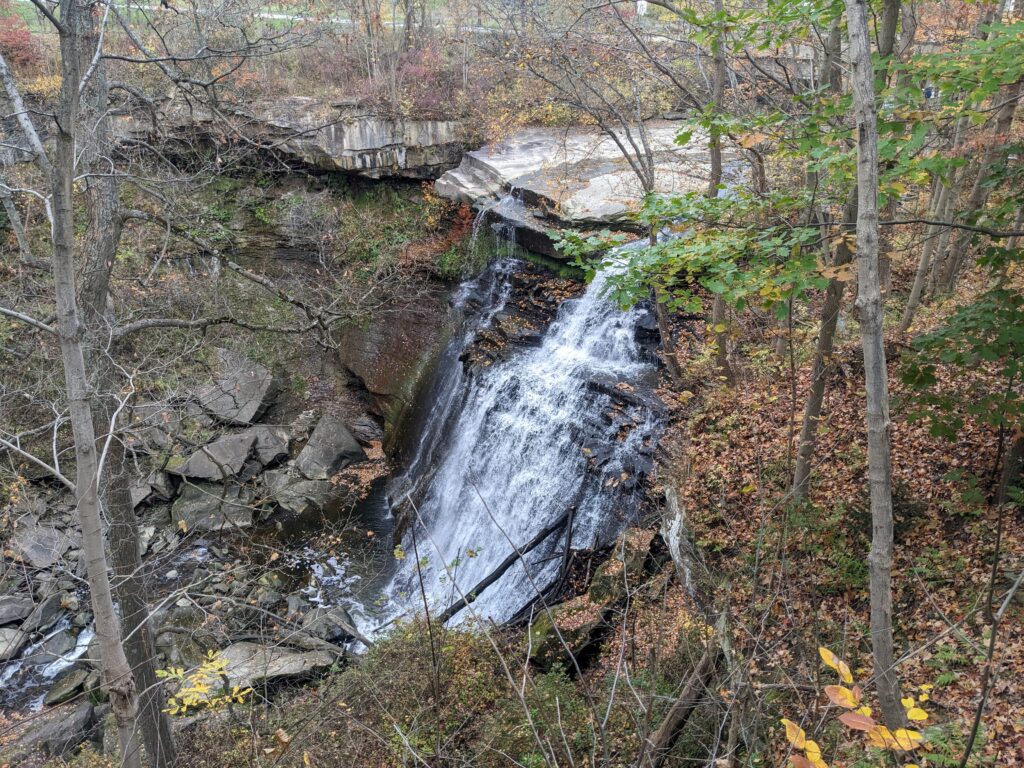
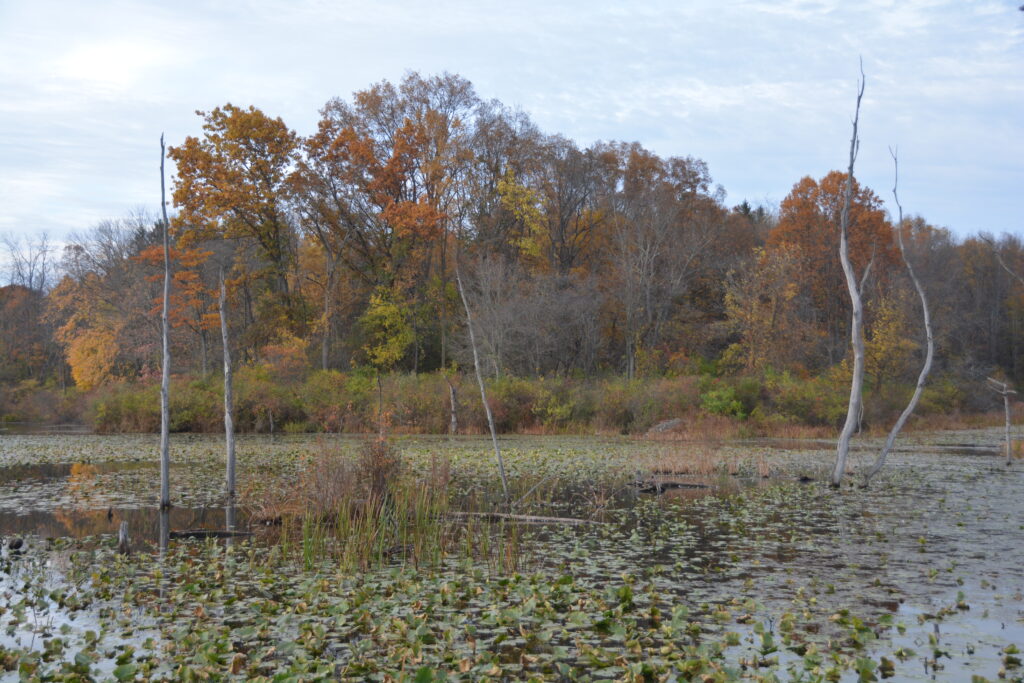
We camped that night in another carpark, this one being a special overflow carpark, in the little community of Peninsula smack dab in the middle of the national park, and enjoyed a night in a local pub drinking big beers and eating big burgers, as any good Ohioan would do. The next morning we finished our Cuyahoga National Park experience by doing the 1.5 mile (2.5 kilometres) Ledges walk which featured absolutely gorgeous fall colours on a beautiful forest walk.
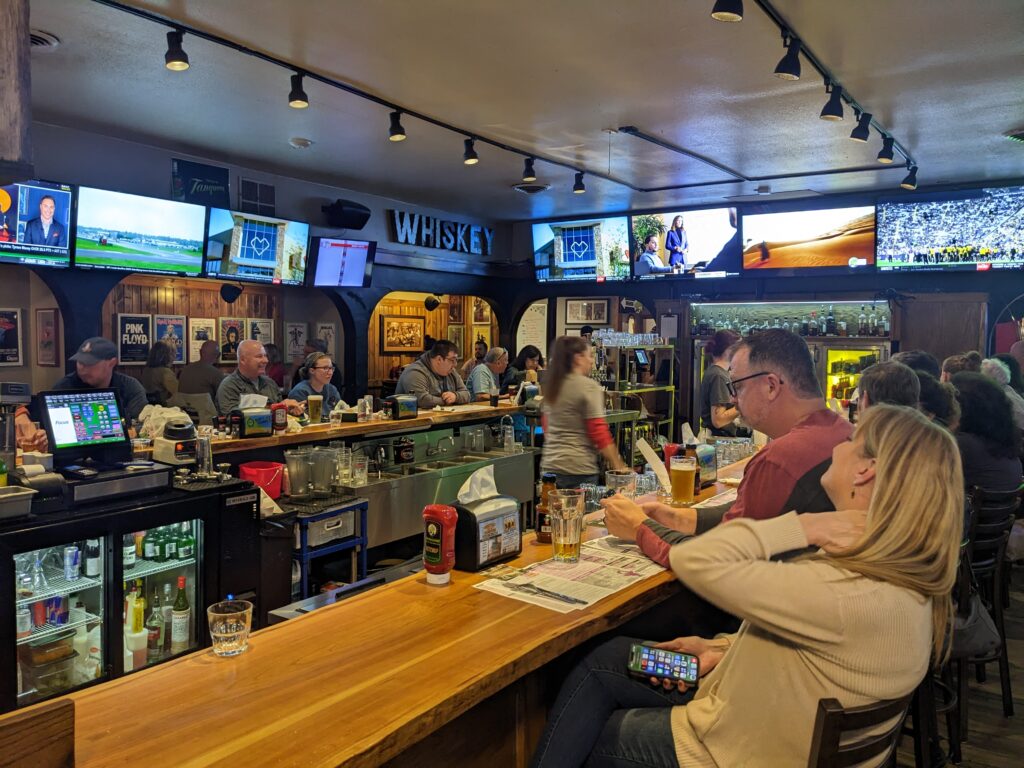
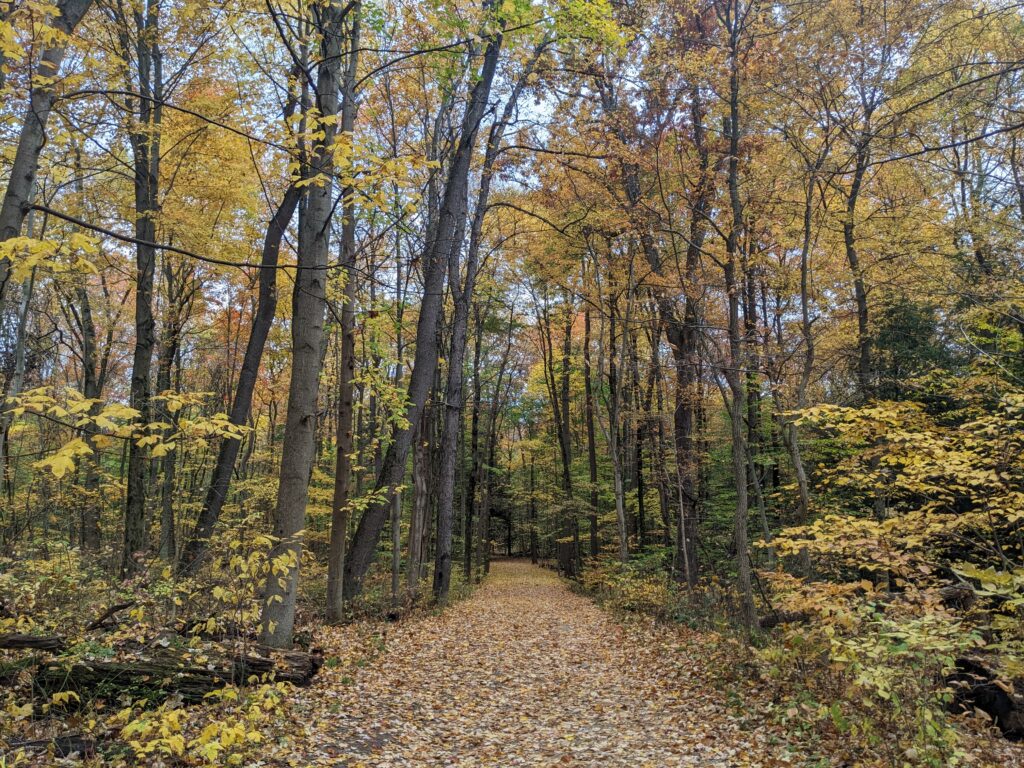
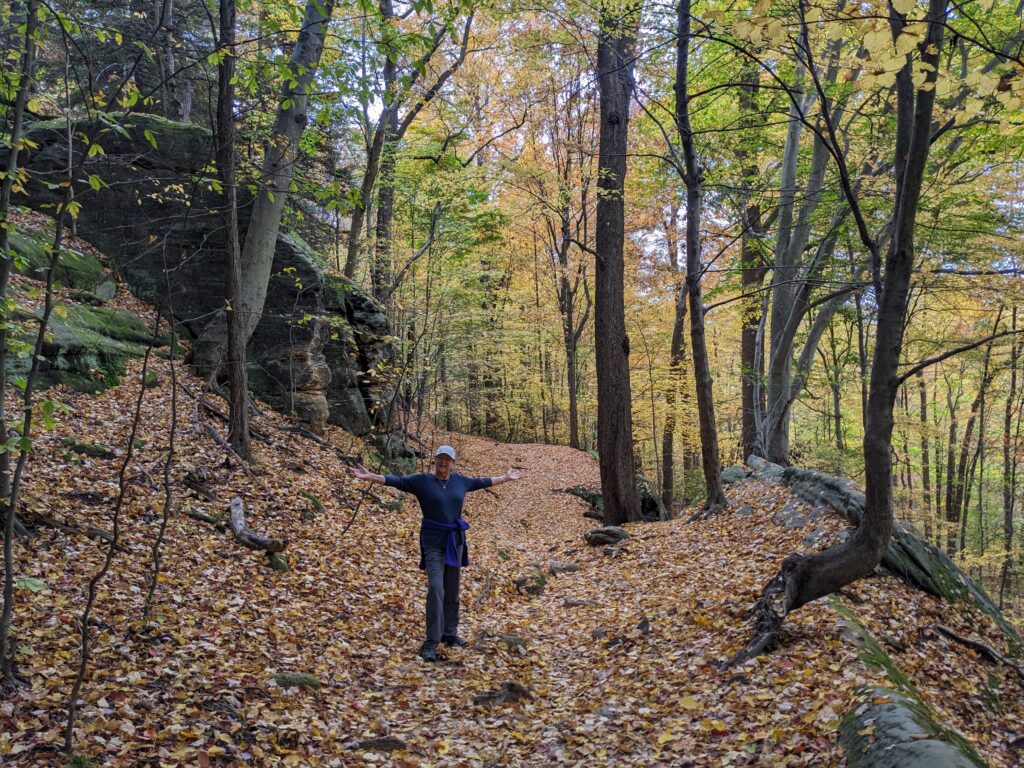
Ohio had another feature which I had to visit, even if Julie was much less enthusiastic. In 2017 on the first leg of our Follow the Sun journey we went to Cooperstown, New York and visited the famous Baseball Hall of Fame (well, famous if you’re a baseball fan). And here we were in Canton, Ohio – the site of the Pro Football Hall of Fame.
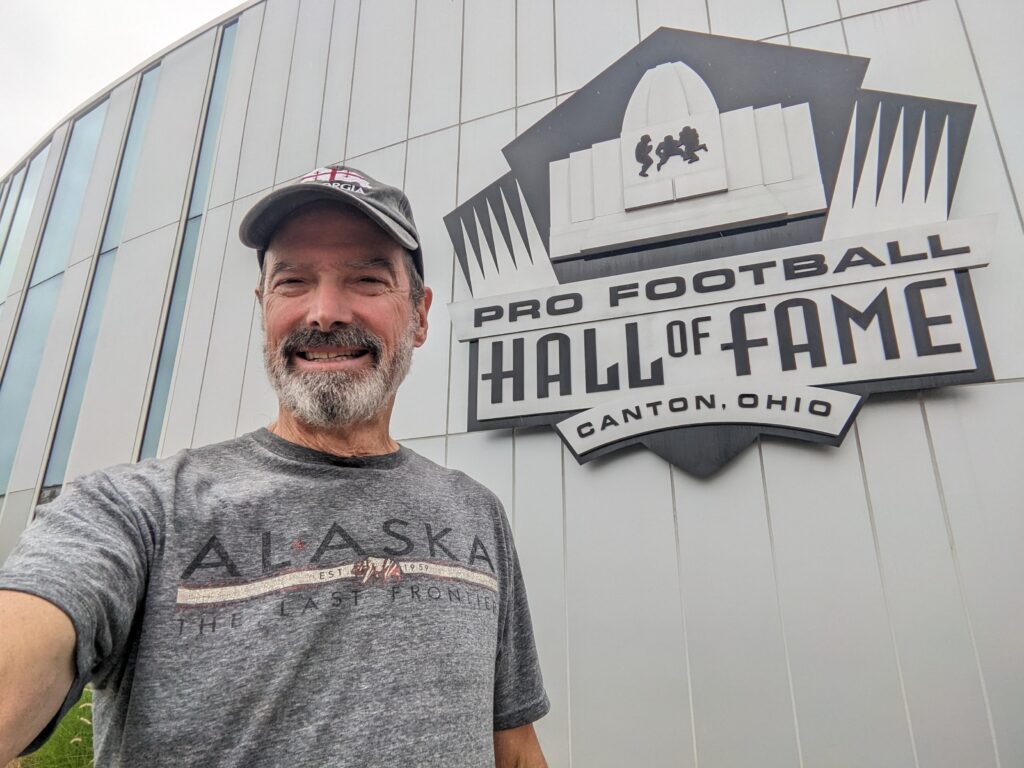
I dropped Julie off at a large local mall and spent most of the afternoon diving deep into the history, culture, memorable events and past stars of American football, or as it’s often referred to outside the US, gridiron. Call it what you will, it was great fun to dive into this wonderful museum.

When Julie and I reunited we headed west across the endless corn fields of central Ohio until we came to a rare state park that was still open – and absolutely packed with Halloween weekend campers. We were here for the showers and to break our run of carparks and luckily got the last spot – a beauty on the banks of a wonderful babbling brook, and enjoyed hot showers, a fire and barbeque and the congenial camaraderie of fellow campers all having a great time in the golden-leafed outdoors. And best of all, it wasn’t a carpark.
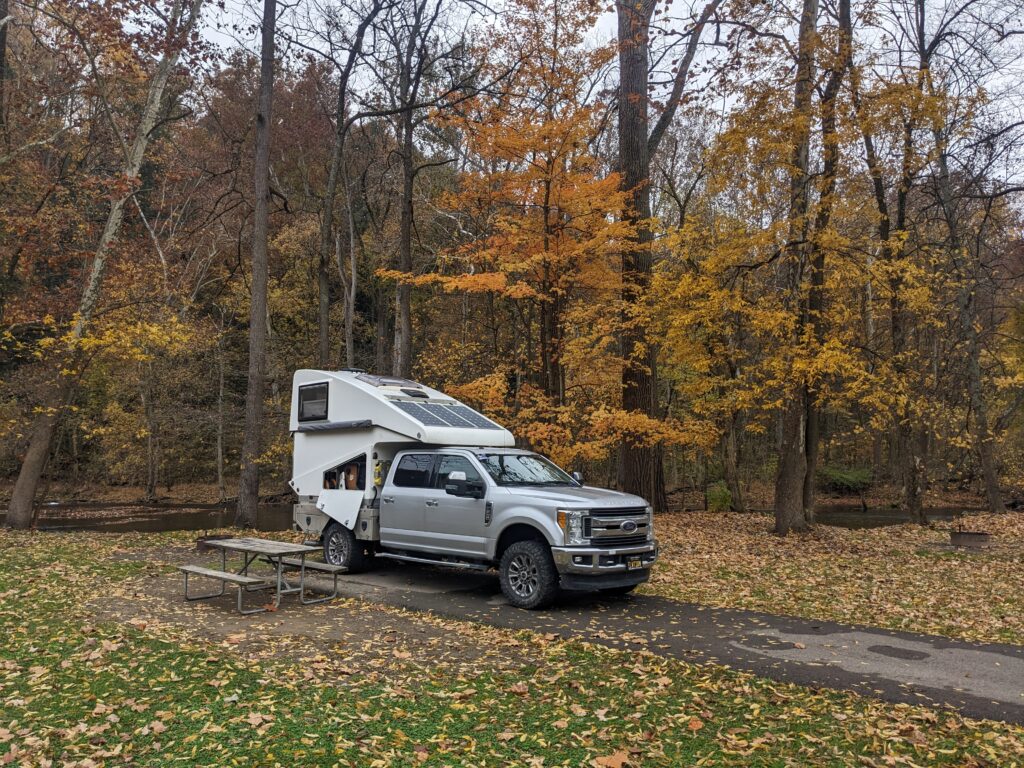
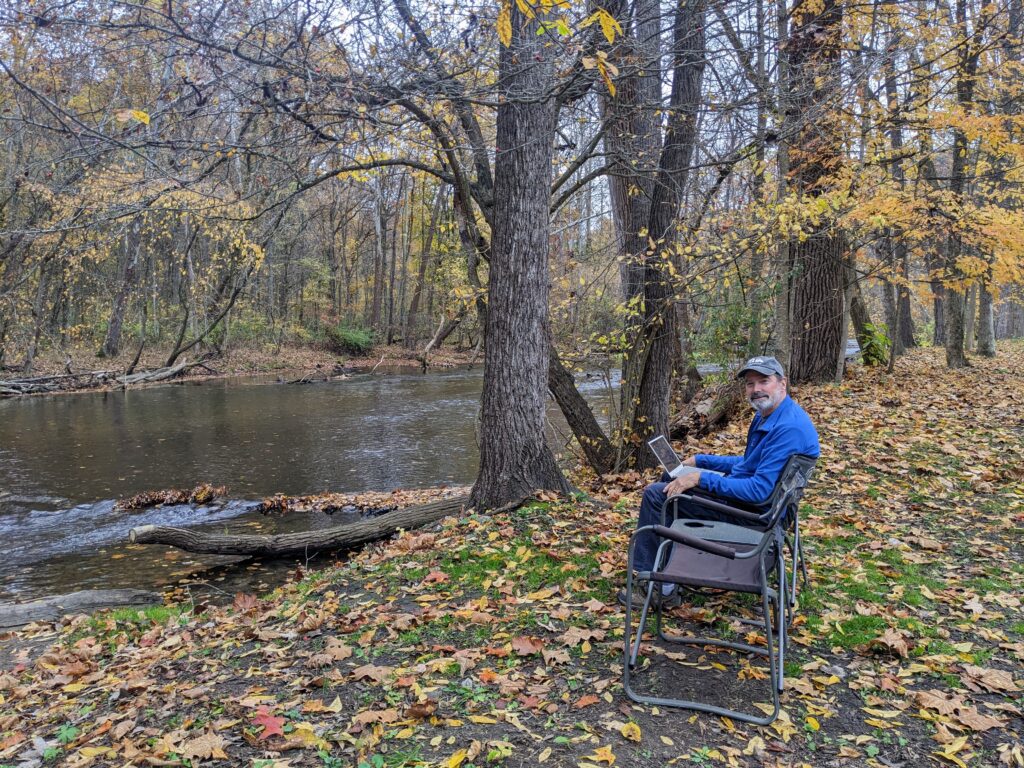
We had toyed with the idea of dipping further south to explore parts unknown but long drives on Interstates are a real drag so instead we headed westward to another national park…which involved a long drive day on the Interstates. We stay off them when we can and we always avoid the toll roads but this is a big country and if you want to make any progress sometimes you have to take the onramp.
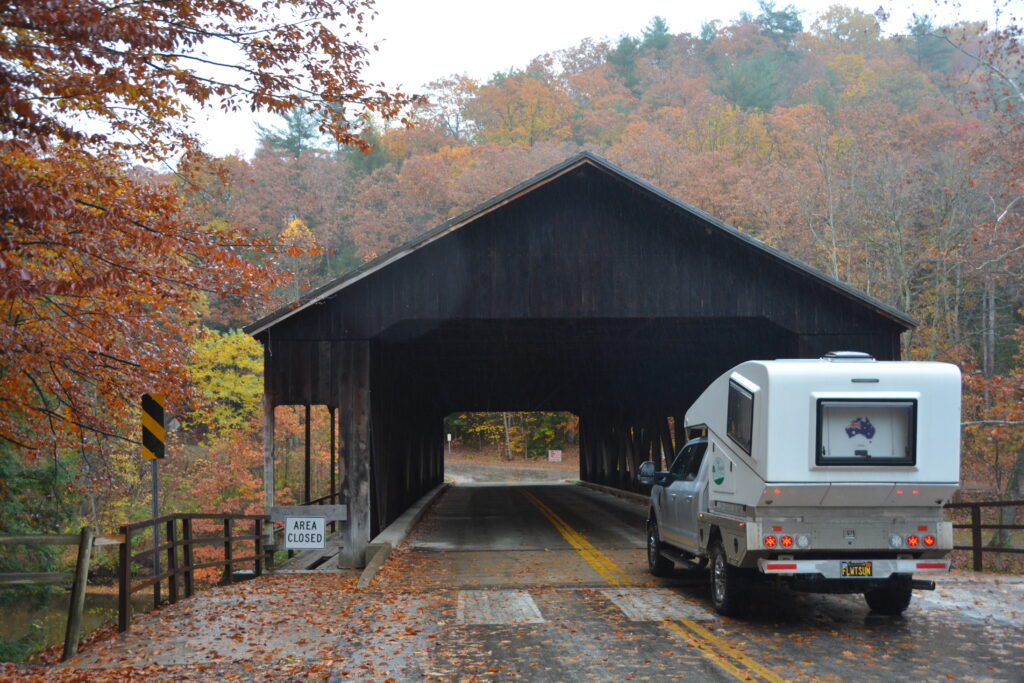
Under grey skies we crossed the flat agricultural fields of northern Ohio, long stretches of dried corn fields still waiting to be harvested, and eventually crossed over into Indiana. The dotted line on the map didn’t change the scenery but we trudged westward on cruise control until we reached the edges of Lake Michigan – a new Great Lake for us – and Indiana Dunes National Park. And best of all, the ranger said it was okay to ‘boondock’, or free camp, in the Visitor Centre’s carpark that night.
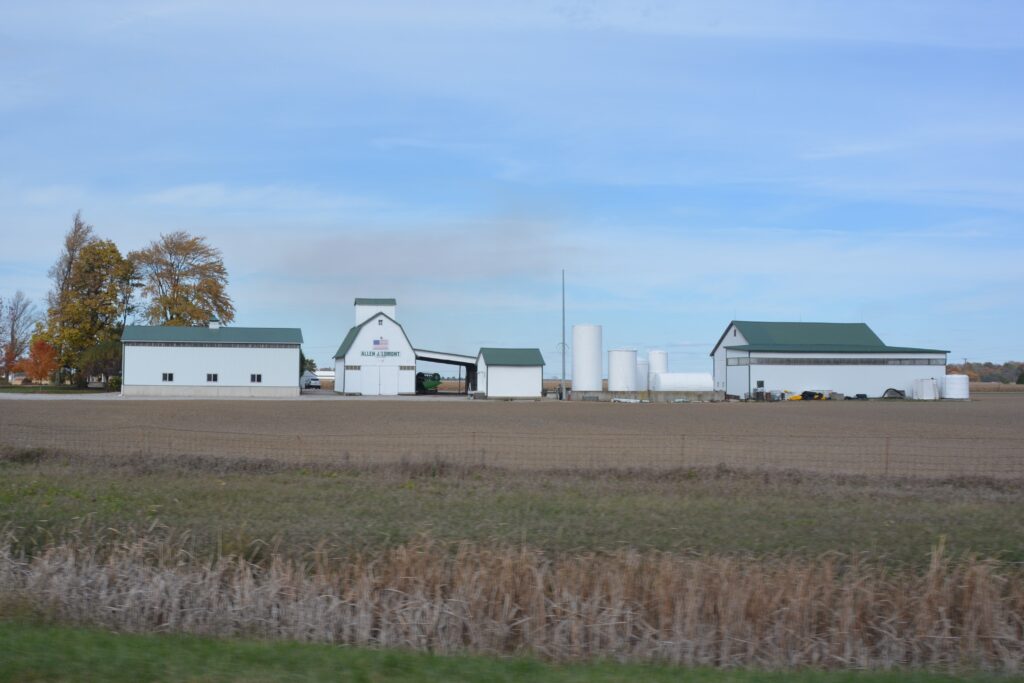
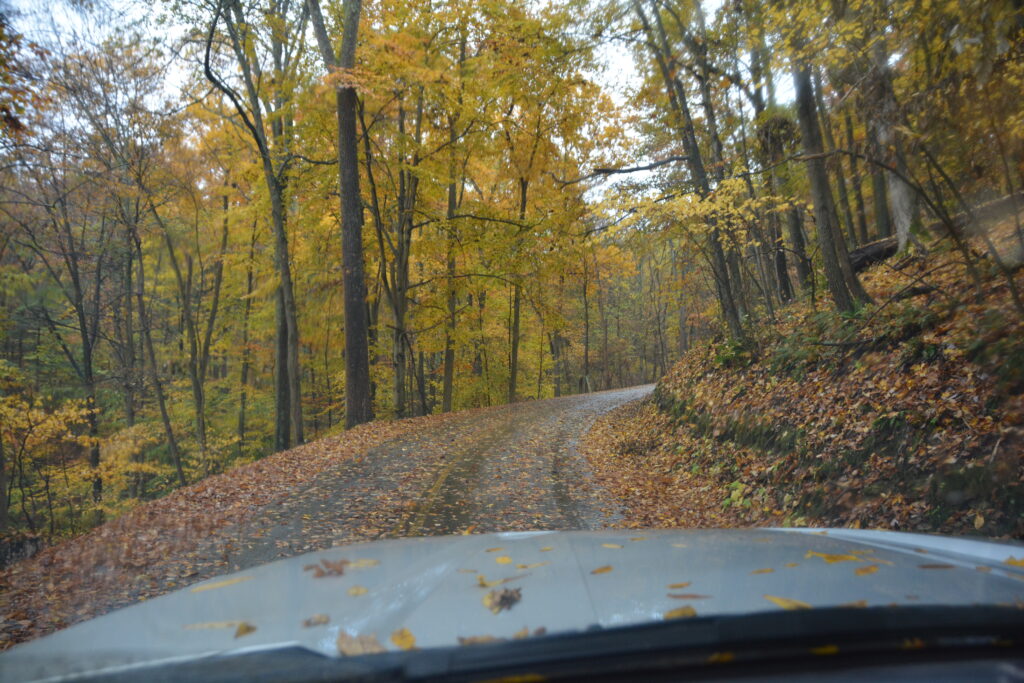
These well-known dunes and shoreline of Lake Michigan were only declared a national park in 2019, the 61st park of the nation (one more has been added since then). The national park protects a long swathe of sand dunes, marshes and shoreline along Lake Michigan which intermingles with residential areas, business districts and even heavy industry like a huge steel mill. The park is a good example of how people and nature have to co-exist, even if it isn’t the ideal circumstances for a national park.
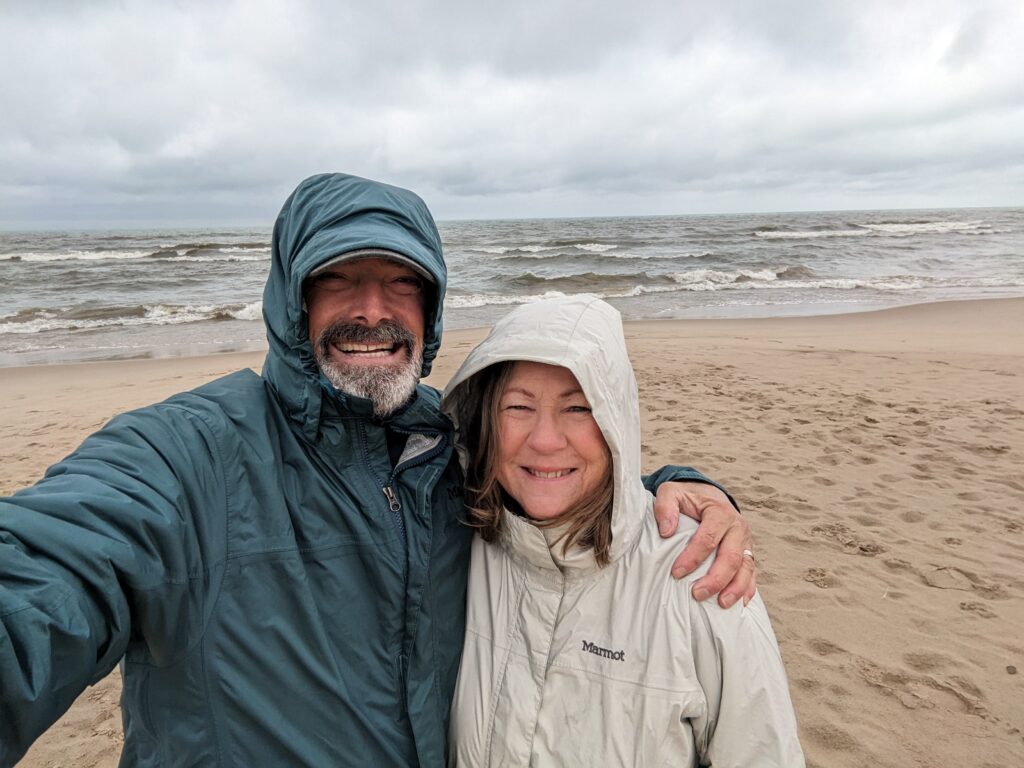
We first went down to the area called West Beach and did a wonderful little walk along the beach and then through the dunes, circling back to the carpark. The weather was cold and drizzly, a bit grim but no deterrent to these hardy walkers.
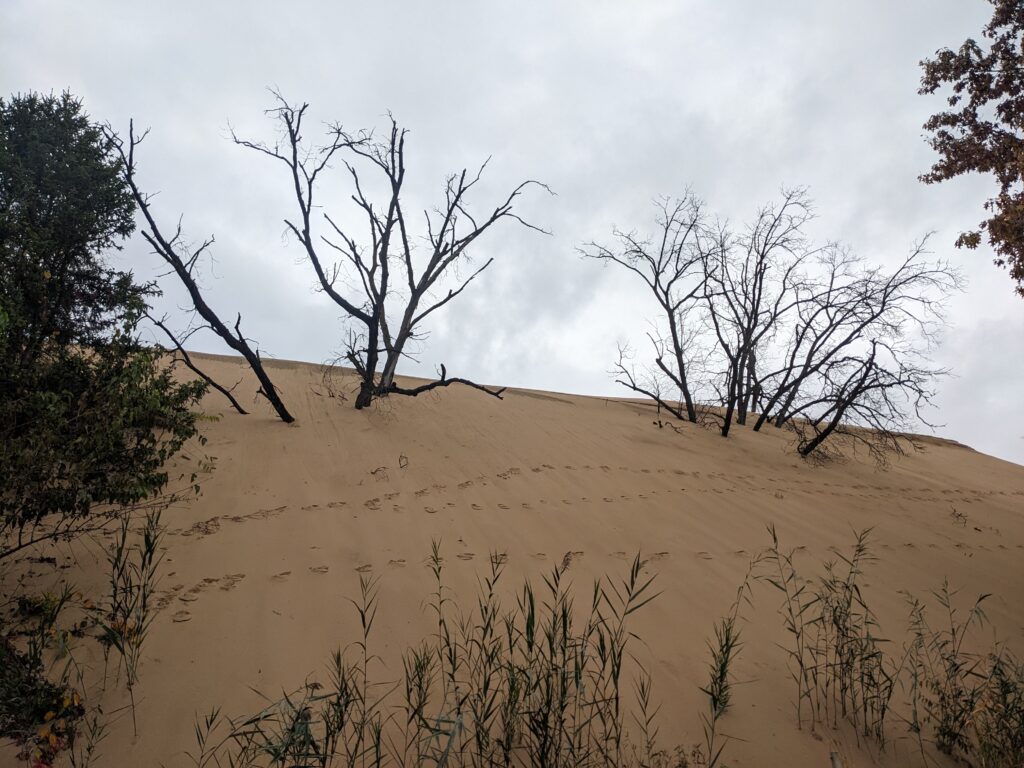
The long sandy beaches are an anomaly in nature in that they have a fairly good surf (we saw one surfer) but it is on a lake and is fresh water. The strong winds blow south from Canada along the lake until they hit the southern shore, pushing up sand to form the dunes and creating this very unique environment.
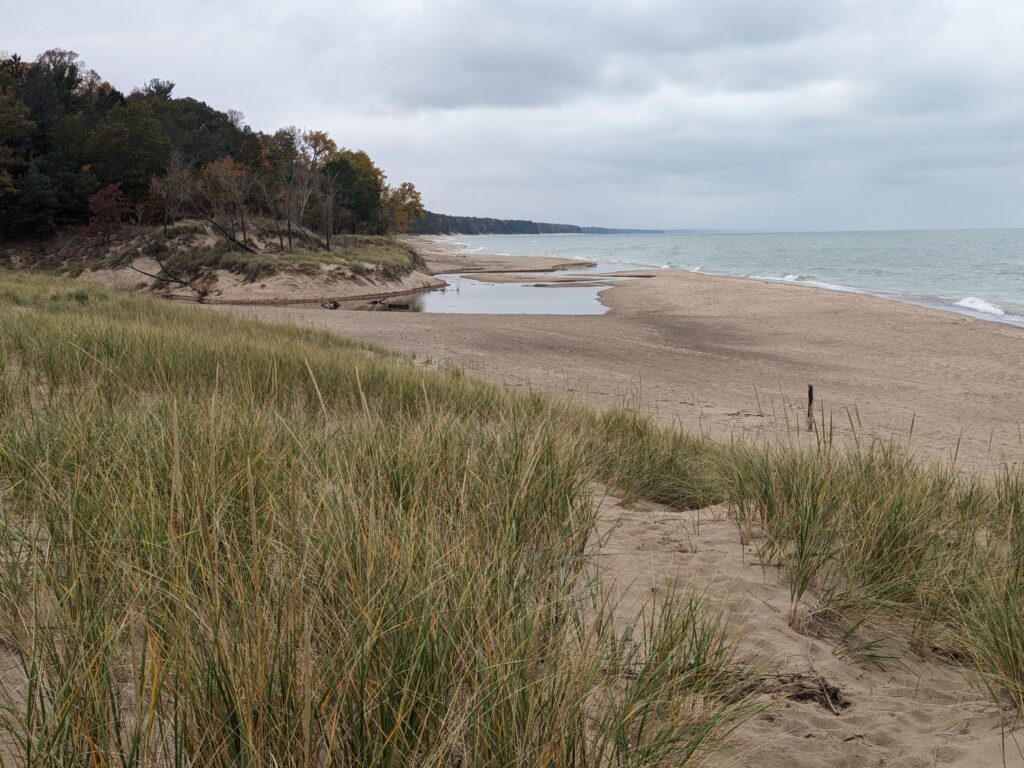
We hit a few other areas in the higgledy-piggledy park while weaving our way past heavy industrial areas, across train lines and through communities. Overall we thought it was fantastic how the Parks Service had preserved and protected this very important ecological environment on Lake Michigan but like Cuyahoga Valley National Park in Ohio we had visited the week before it was a bit scattered and the overall experience slightly diluted.
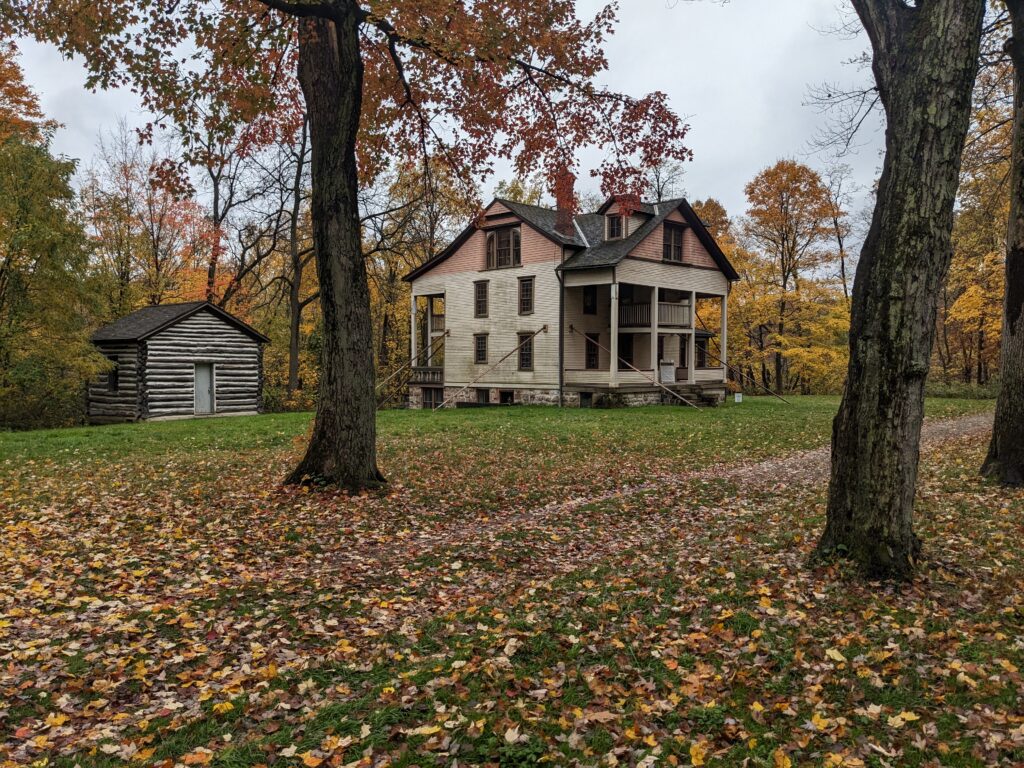
Northward we trundled and our new plan was to cross over into Michigan and essentially drive up and around Lake Michigan, over into northern Wisconsin and into Minnesota. But on a day where the temperature never passed 9°C (48°F) and we had a lot of drizzle and rain we knew the weather could be a major factor. Bring it on!
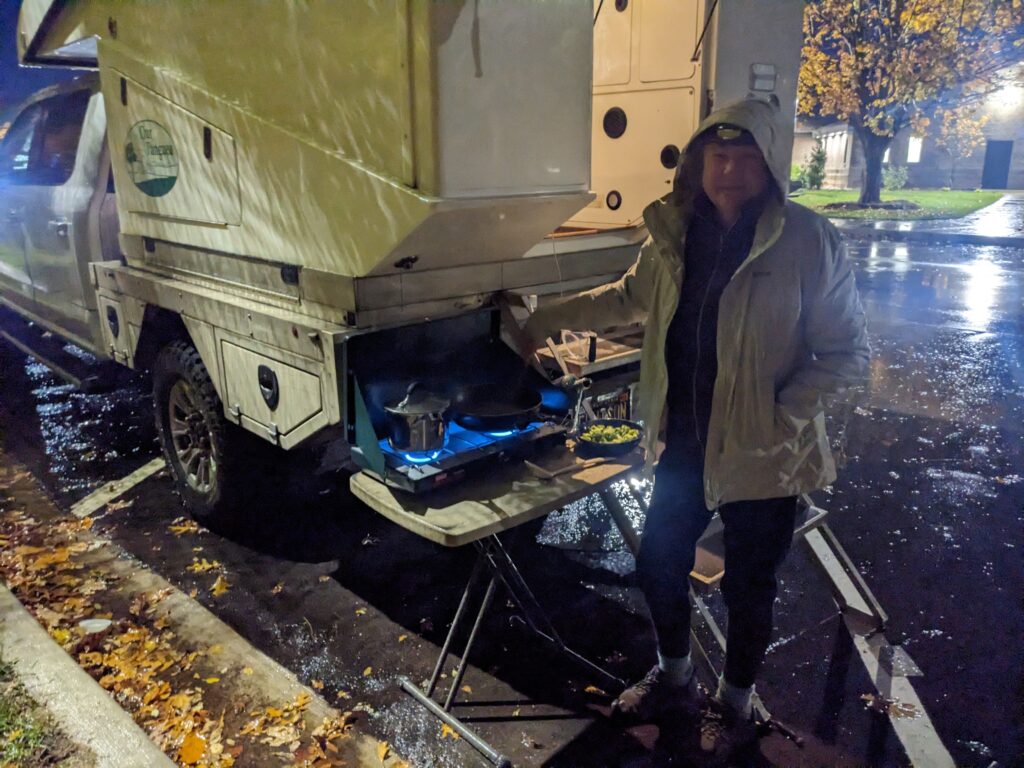
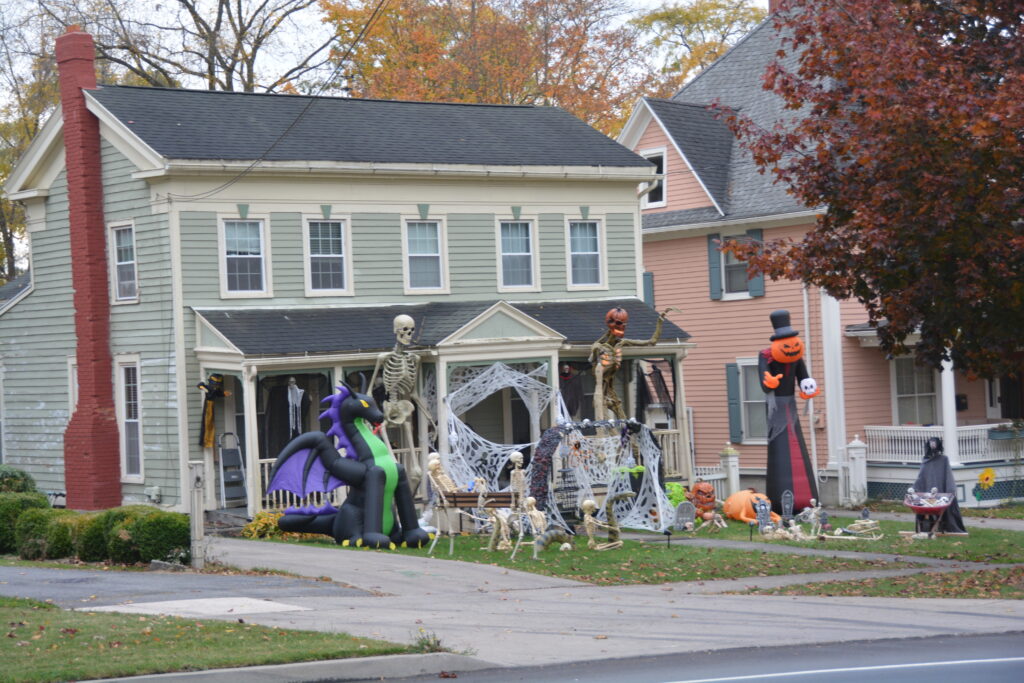
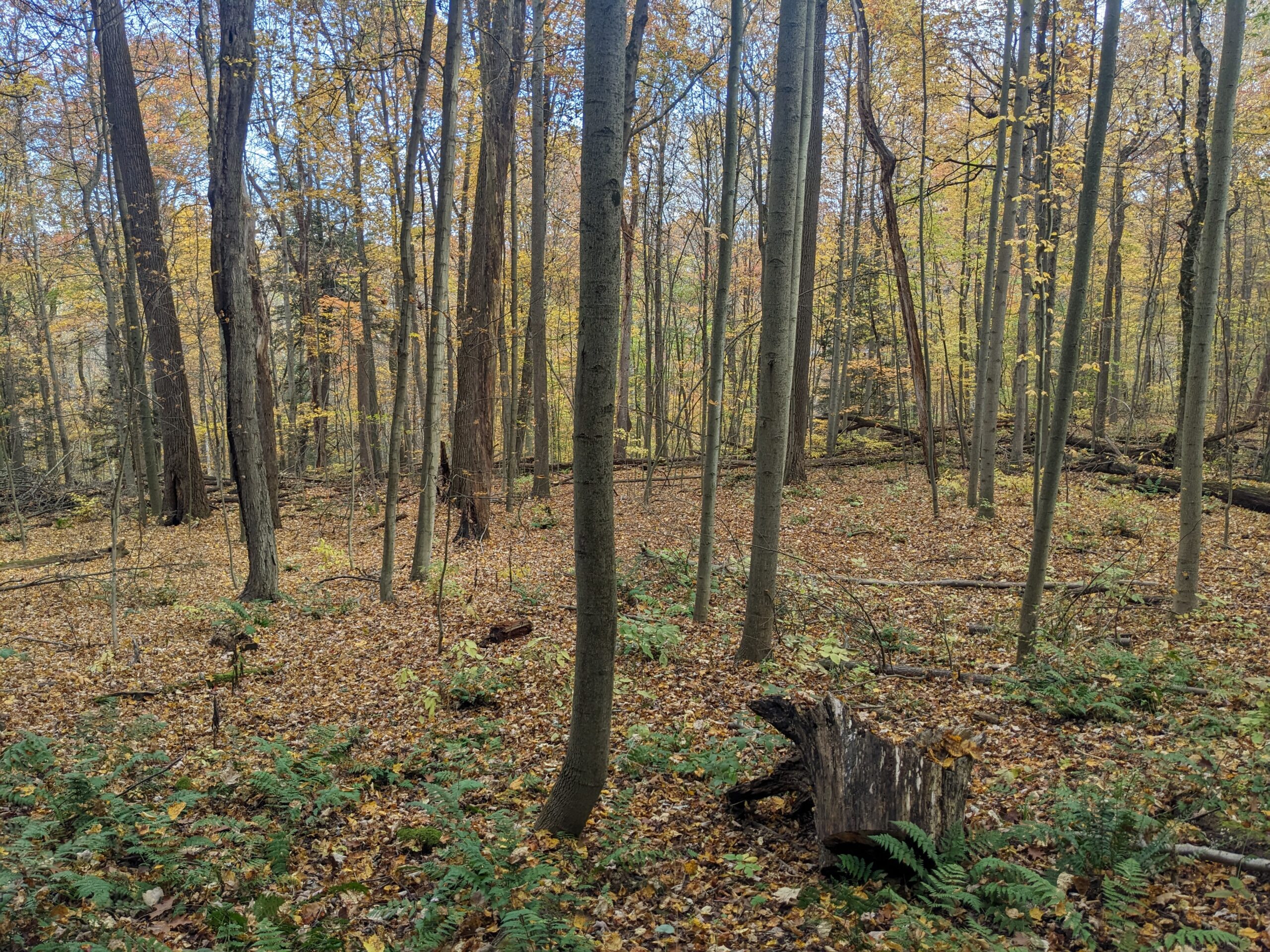
Comments
The Great Lakes — No Comments
HTML tags allowed in your comment: <a href="" title=""> <abbr title=""> <acronym title=""> <b> <blockquote cite=""> <cite> <code> <del datetime=""> <em> <i> <q cite=""> <s> <strike> <strong>